Related Research Articles
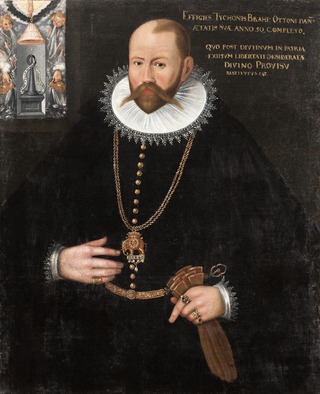
Tycho Brahe, generally called Tycho for short, was a Danish astronomer of the Renaissance, known for his comprehensive and unprecedentedly accurate astronomical observations. He was known during his lifetime as an astronomer, astrologer, and alchemist. He was the last major astronomer before the invention of the telescope.

1601 (MDCI) was a common year starting on Monday of the Gregorian calendar and a common year starting on Thursday of the Julian calendar, the 1601st year of the Common Era (CE) and Anno Domini (AD) designations, the 601st year of the 2nd millennium, the 1st year of the 17th century, and the 2nd year of the 1600s decade. As of the start of 1601, the Gregorian calendar was 10 days ahead of the Julian calendar, which remained in localized use until 1923.

Year 1577 (MDLXXVII) was a common year starting on Tuesday of the Julian calendar.

Sir Martin Frobisher was an English sailor and privateer who made three voyages to the New World looking for the North-west Passage. He probably sighted Resolution Island near Labrador in north-eastern Canada, before entering Frobisher Bay and landing on present-day Baffin Island. On his second voyage, Frobisher found what he thought was gold ore and carried 200 tons of it home on three ships, where initial assaying determined it to be worth a profit of £5.20 per ton. Encouraged, Frobisher returned to Canada with an even larger fleet and dug several mines around Frobisher Bay. He carried 1,350 tons of the ore back to England, where, after years of smelting, it was realized that the ore was a worthless rock containing the mineral hornblende. As an English privateer, he plundered riches from French ships. He was later knighted for his service in repelling the Spanish Armada in 1588.
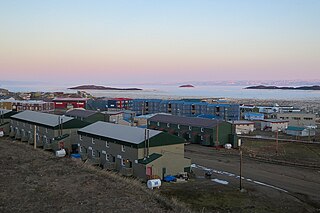
Frobisher Bay is an inlet of the Davis Strait in the Qikiqtaaluk Region of Nunavut, Canada. It is located in the southeastern corner of Baffin Island. Its length is about 230 km (140 mi) and its width varies from about 40 km (25 mi) at its outlet into the Davis Strait to roughly 20 km (12 mi) towards its inner end.
This article contains information about the literary events and publications of 1601.

Uranienborg was an astronomical observatory and alchemy laboratory established and operated by the Danish astronomer Tycho Brahe. It was the first custom-built observatory in modern Europe, and the last to be built without a telescope as its primary instrument.
The year 1600 CE in science and technology included some significant events.
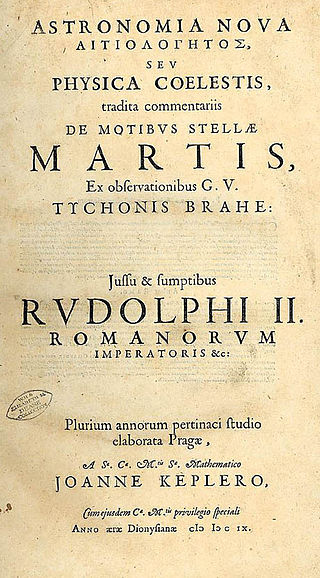
The year 1609 in science and technology involved some significant events.
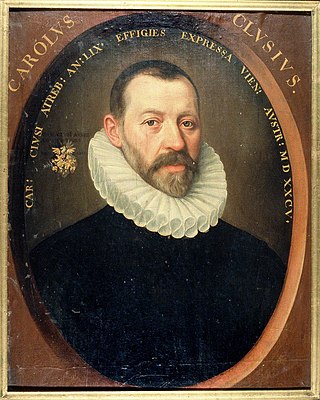
Charles de l'Écluse,L'Escluse, or Carolus Clusius, seigneur de Watènes, was an Artois doctor and pioneering botanist, perhaps the most influential of all 16th-century scientific horticulturists.

Mathias de l'Obel, Mathias de Lobel or Matthaeus Lobelius was a Flemish physician and plant enthusiast who was born in Lille, Flanders, in what is now Hauts-de-France, France, and died at Highgate, London, England. He studied at the University of Montpellier and practiced medicine in the low countries and England, including positions as personal physicians to two monarchs. A member of the sixteenth-century Flemish School of Botany, he wrote a series of major treatises on plants in both Latin and Dutch. He was the first botanist to appreciate the distinction between monocotyledons and dicotyledons. The Lobelia plant is named after him.
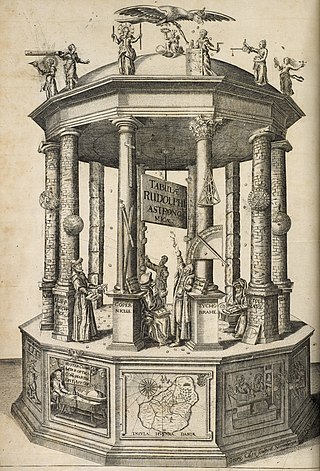
The Rudolphine Tables consist of a star catalogue and planetary tables published by Johannes Kepler in 1627, using observational data collected by Tycho Brahe (1546–1601). The tables are named in memory of Rudolf II, Holy Roman Emperor, in whose employ Brahe and Kepler had begun work on the tables. The main purpose of the Rudolphine tables was to allow the computation of the positions of the then known planets of the Solar System, and they were considerably more precise than earlier such tables.

JohanGregor van der Schardt was a sculptor from the Northern Renaissance.
John Craig was a Scottish physician and astronomer. He was physician to King James. He corresponded with Tycho Brahe, and associated with John Napier.

An astronomical catalog or catalogue is a list or tabulation of astronomical objects, typically grouped together because they share a common type, morphology, origin, means of detection, or method of discovery. The oldest and largest are star catalogues. Hundreds have been published, including general ones and special ones for such items as infrared stars, variable stars, giant stars, multiple star systems, star clusters, and so forth.

Martín Cortés de Albacar (1510–1582) was a Spanish cosmographer. In 1551 he published the standard navigational textbook Arte de navegar. A decade later (1561), Arte de navegar became the earliest known English navigation manual up to date with all of the strategies used at the time.
The year 1566 in science and technology included many events, some of which are listed here.
The year 1583 in science and technology included a number of events, some of which are listed here.
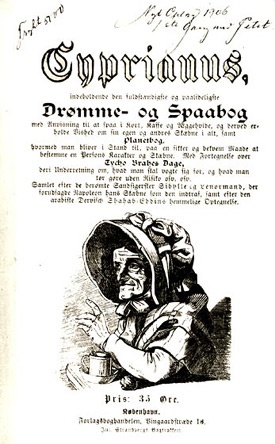
In the folklore of Scandinavia, Tycho Brahe days are days judged to be especially unlucky, especially for magical work, and important business transactions. Tycho Brahe (1546–1601) was a Danish astronomer, astrologer, and alchemist and as such achieved some acclaim in popular folklore as a sage and magician.

Erasmus Habermehl, also Erasmus Habermel was a major watchmaker and maker of astronomics and geodesy instruments of the 16th century, who last worked as a court instrument maker at the court of Emperor Rudolf II. in Prague.
References
- ↑ "The Tycho Brahe calendar". Archived from the original on 2011-06-05. Retrieved 2011-04-19.
- ↑ Christianson, John Robert (2000). On Tycho's Island: Tycho Brahe and His Assistants, 1570-1601. Cambridge University Press. ISBN 0-521-65081-X.
- 1 2 3 Grun, Bernard (1991). "1576". The Timetables of History (3rd ed.). New York: Simon & Schuster. p. 255. ISBN 0-671-74919-6.
- ↑ Egmond, Florike (2010). The World of Carolus Clusius: Natural History in the Making, 1550-1610. London: Pickering & Chatto. ISBN 978-1-84893-008-7.
- ↑ Serson, Paul (1981-06-04). "Tracking the north magnetic pole". New Scientist : 616. Retrieved 2011-04-20.